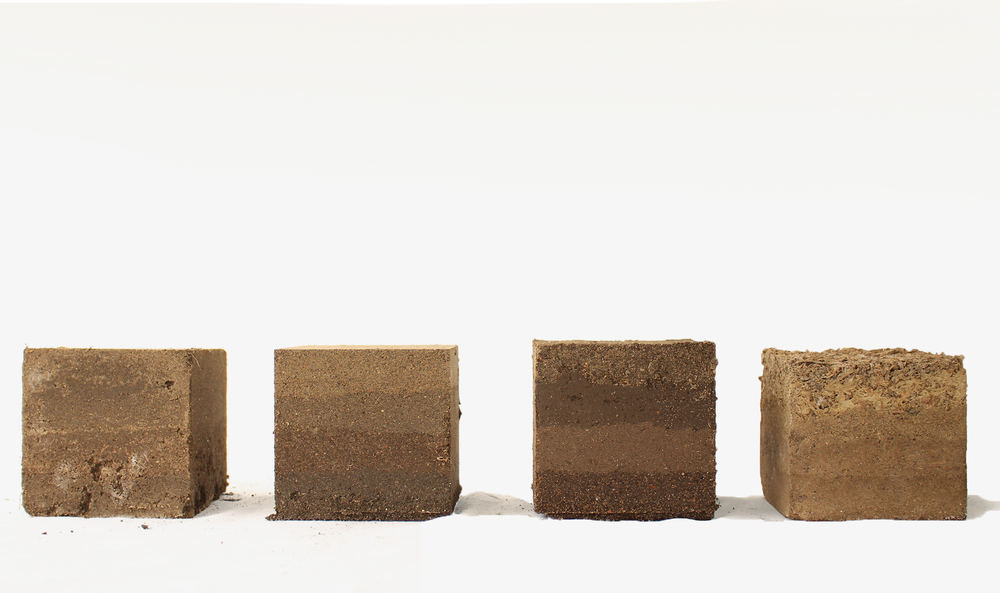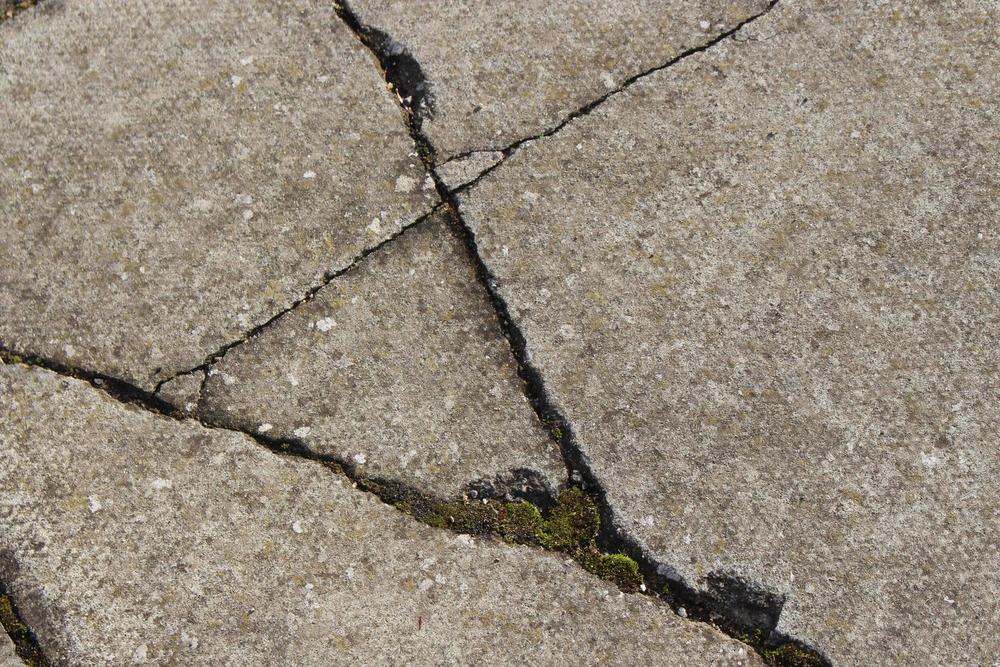Underfoot
2018 - Present
From The Earth After Us: What Legacy will humans leave in the rocks, Jan Zalasiewicz
‘A million years from now, the Earth’s surface will be covered with a finely engineered metal and a plastic skin, and all of our needs - food, water, air, recreational wild beasts, and our own bodies (and souls, even) - will be computer-designed for undreamed-of comfort and pleasure.’
From A Thaw in the Streets of London, The Illustrated London News (25 February 1865)
‘The heat of sunny days shall have caused the last vestige of mud to disappear, it will then be converted into dust, which, as it contains minute particles of stone from the roads, mixed with the noxious atoms of decomposed animal matter, is a most unwholesome compound to be inhaled by the throats of men and women’.
We believe the world we see is the world that exists. Yet there are more layers than meet the eye. Every action has a consequence and every movement is an action. We have created the world as we know it, where the line between what is ours and what is the Earth’s has become blurred.
The first pavement was built in London in 1542. Since then it has developed into a complex system that dictates our interaction with our surrounding environments. The constant role the pavement plays in our lives has led to it being overlooked as a designed object. It is instead often-perceived as a surface of the world rather than a surface on the world. Yet beneath these pavers there is a gradient from the natural to the artificial, with each layer further removed from the Earth below.
With the pavement mapping our movements it has also became a means of tracing each individuals expedition through the streets. The pavements is a museum of human events. Unlike the soft and porous Earth, the traces we leave behind are not swallowed up but instead they remain on the cold hard surface, pushed around and broken down by our footsteps into fine dust on the pavement surface.
Underfoot is a project exploring the anthropocene through the lens of contemporary archaeology, with the pavements as the site for the investigation.
Using a method of walking, sweeping, scientific analyse and debate, the investigation draws on the knowledge of archaeologists, urban planners and architects to analyse the dust that lays on top of pavement surface and interpret what the its content can tell us about the recent social events of that area.
“This is a walking tour for creating conversations rather than learning histories. We will create the history of the objects we encounter along the way. The pavement is made up of layers. The pavement is more than the cold concrete slabs; it is its history, its cracks, the litter, the pebbles and the dirt. We will take an explorative approach to the pavement; investigating these layers, using a method of quadrant sampling and speculation to see what we discover. “ - Extract from Above and Beneath Walking Tour, London Festival of Architecture 2019.
The resulting body of work from this investigation is four ‘Rammed Earth’ cubes made from the dust collected from the pavements of sites along a cross sections of London. These cubes were created through a workshop with archaeologists, walking artists, architects and urban planners. With each participant I swept the street of a different location of London using a set of tools I had created inspired by those an archaeologist would use.
We then joined together to construct the cubes.
As evidenced by the varying brown hues and from a scientific analysis taken out on samples of this dust, each area’s dust is an assemblage of different levels of sand and soil as well as plastic, glass and paper. I had treated the pavement as this ‘museum of human events’ and I perceived the Rammed Earth Cubes as manufactured artefacts of that. The brown hues of the cubes are easily read as organic soil, continually blurring this line between the artificial and natural. Here the benefit of a collaborative, multi-vocal approach was seen with participants developing ideas based on each other’s speculations, of why each areas dirt looks, feels and smells the way it does. Cube making was not for determining what the content of the dirt was but creating conversations about the fact it was there and why. Does heavy-foot fall explain why the dirt was so much finer in Bloomsbury? Is there more soil formation in Hampstead due to sweeping near a park? As put by contemporary archaeologist Gary Bailey: ’recently abandoned contemporary materials are a viable resource for examining social trends and values.’ And when this material has been broken down another layer of examination is added; first considering what this assemblage of materials is and then interpreting what this means in terms of our impact, and how we inform the environments around us.
Knowing the content of the dirt is not a satisfying answer to the question of how we impact the world around us. Through this project I have not found a concrete answer to what is the content of the dirt, but this has not made the project a failure; the dirt is ever-changing with its content dependent on so many factors. I have realised this unknowability is what makes it interesting, it is a tool for acknowledging our impact and starting very specific conversations about what the differences in this dirt means in terms of how we have informed the world around us. These conversations and the cubes made in response to them bridge the gap between our perception of the world around us and the reality of what is really there, leading us to consider the impact we did not know we were having.





